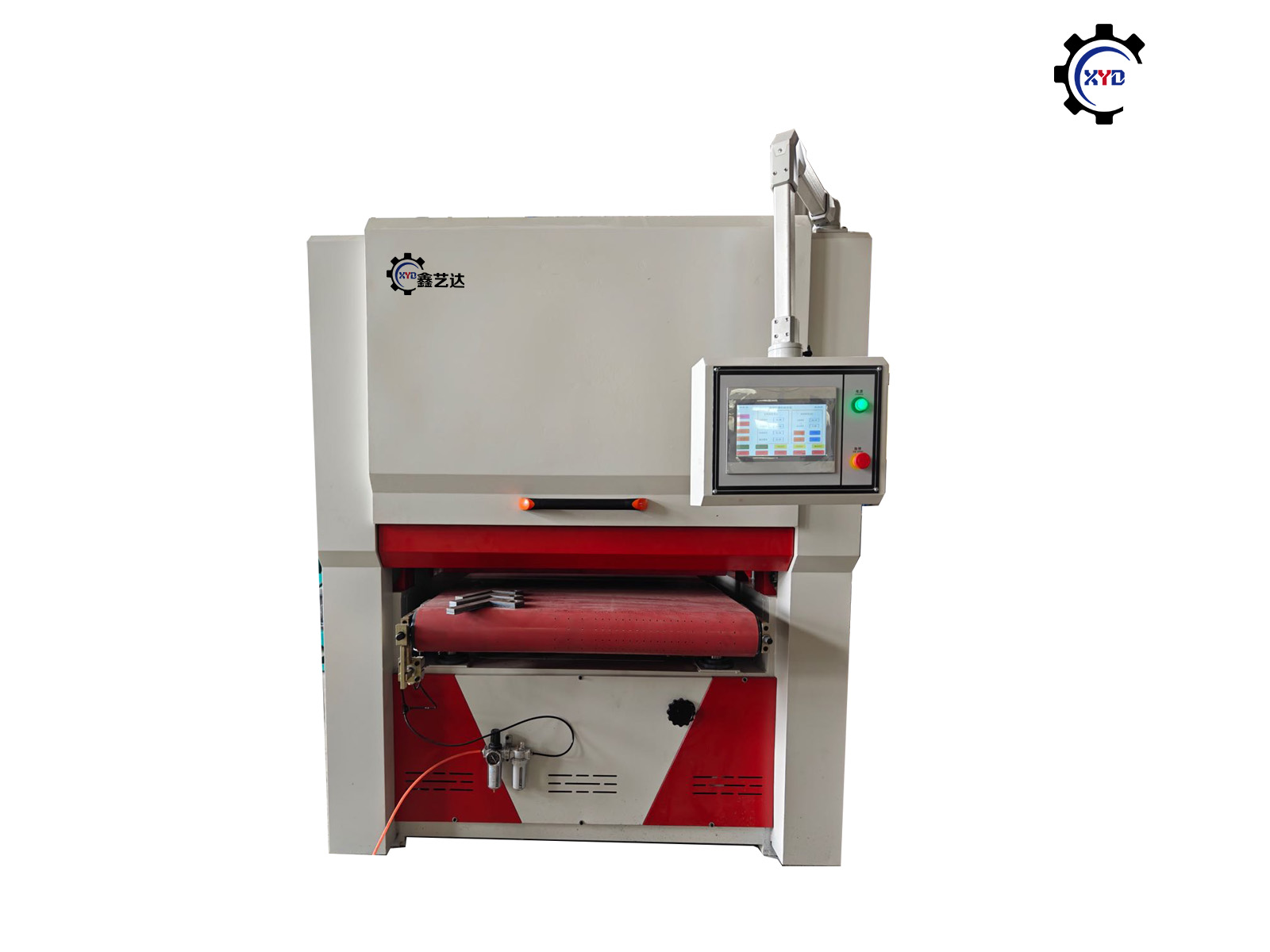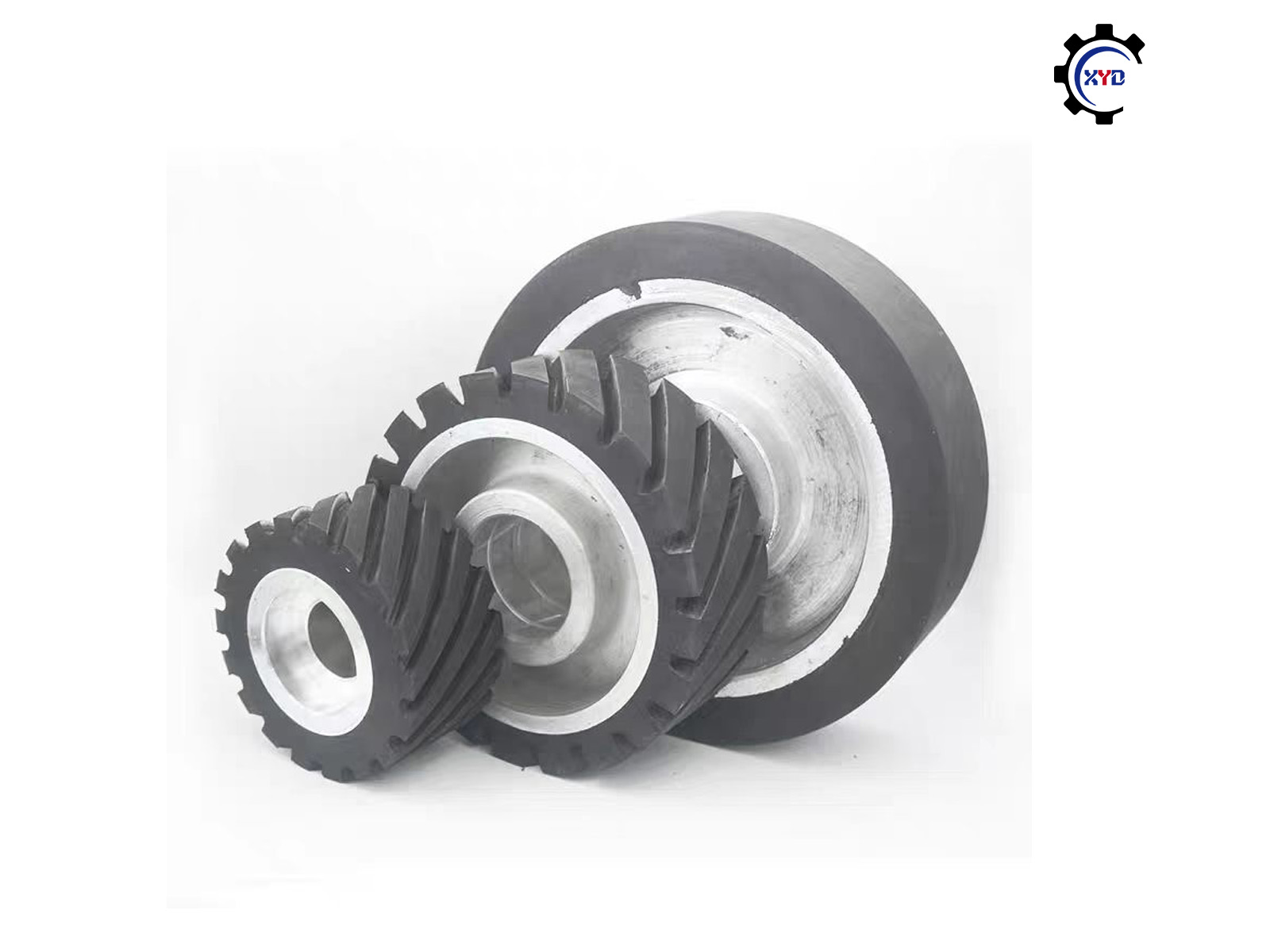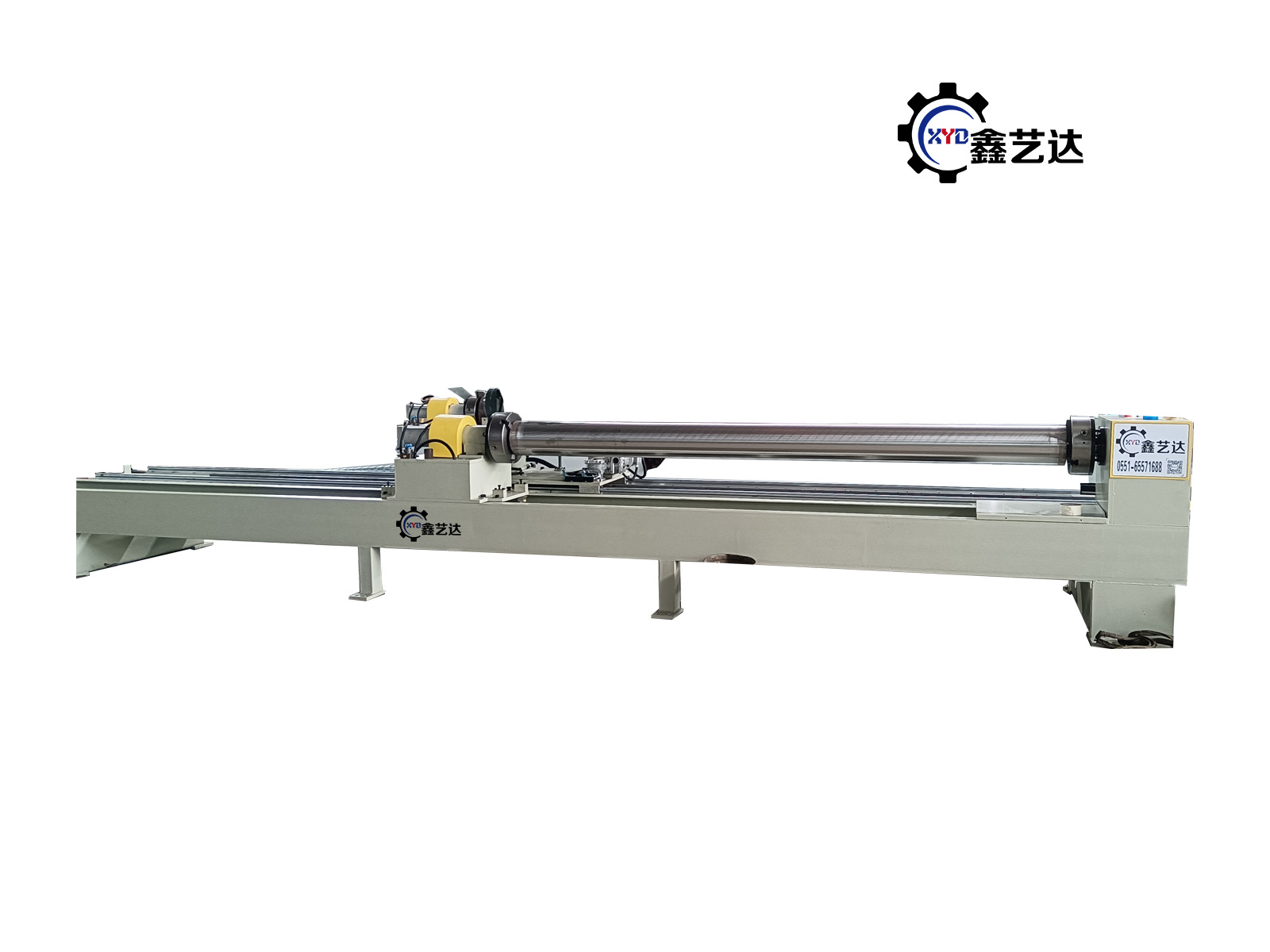Mastering Polishing Machine Operation: A Scientific Approach to Perfect Surface Finishing
Publish time:2018-07-01 10:48:52 Popularity:0 Source:未知来源
Mastering Polishing Machine Operation: A Scientific Approach to Perfect Surface Finishing
Understanding the Core Polishing Mechanism
Polishing machines operate on a fundamental principle of controlled abrasion, where material removal must balance speed and precision. The process involves two critical phases:
-
Coarse Polishing
-
Purpose: Rapidly eliminate grinding marks
-
Parameters:
• Wheel speed: ≤600 RPM
• Abrasive: Diamond/CBN compounds (#80-#120)
• Pressure: 3-5 kg/cm²
-
-
Fine Polishing
-
Purpose: Eliminate subsurface damage
-
Parameters:
• Wheel speed: 800-1200 RPM
• Abrasive: Colloidal silica (0.05μm)
• Pressure: 1-2 kg/cm²
-
5 Professional Techniques for Optimal Results
✅ Parallelism Control
-
Use laser alignment tools to ensure specimen-platen parallelism (≤0.01mm deviation)
✅ Suspension Management
-
Maintain ideal slurry viscosity (30-50 cP measured by viscometer)
-
Automatic dispensing systems recommended (flow rate 5-10ml/min)
✅ Temperature Regulation
-
Infrared monitoring keeps surface temp <50°C (prevents alloy distortion)
✅ Pattern Optimization
-
Programmable X-Y oscillation (5-10mm amplitude, 10-15 cycles/min)
✅ Wheel Maintenance
-
Diamond dressing tools renew surface texture (Ra 2-3μm optimal)
Advanced Equipment Solutions
| Machine Type | Key Innovation | Benefit |
|---|---|---|
| Semi-Auto | Force feedback control | Consistency ↑90% |
| Robotic | 6-axis adaptive polishing | Complex contours |
| Ion Beam | Non-contact removal | Zero subsurface damage |
Case Study: Metallurgical lab reduced preparation time from 2 hours to 25 minutes while improving SEM image clarity by 40%
Troubleshooting Common Defects
⚠️ Comet Tails → Reduce slurry viscosity
⚠️ Orange Peel → Increase oscillation frequency
⚠️ Thermal Marks → Implement Peltier cooling
Free Resource: 《The Polishing Parameter Handbook》
📌 Includes:
-
Material-specific abrasive charts
-
Microstructure preservation techniques
-
Equipment maintenance checklists
🔧 Technical Support: 86-0551-65571688
🌐 Live Demo Booking:https://www.xinyidapolish.com
- 2025-11-14 Precautions to Take Before and After Operating a Polishing Machine
- 2025-11-04 Have you maintained the polishing machine?
- 2025-10-14 The difference between single-station pipe polishing machines and multi-station pipe polishing machines
- 2025-10-08 Why the Semiconductor Industry Cannot Do Without Automatic Polishing Equipment?
- 2025-09-25 Why Do Pressure Vessels Need Polishing?
- 2025-09-24 What are the types of circular tube polishing machines
- 2025-09-05 Cylinder Polishing Machine
- 2025-09-02 Stainless Steel Surface Roughness (Ra) vs Sanding Belt Grit Guide (Polishing Stainless Steel)
Online Message
Contact information
QR code









 QQ Customer Service
QQ Customer Service